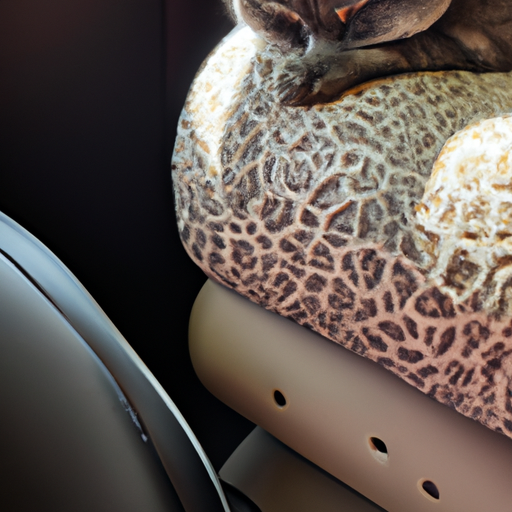Introduction
Leather seats add a touch of elegance and sophistication to any space, but they can also become an irresistible scratching post for our feline friends. If you’re a cat owner who wants to protect your leather seats from your cat’s claws, you’ve come to the right place. In this article, we will explore some effective strategies to safeguard your leather seats while ensuring your cat’s comfort and happiness.
Understanding the Cat’s Scratching Behavior
Before we delve into the solutions, it’s important to understand why cats scratch in the first place. Scratching is a natural instinct for cats, serving various purposes such as marking territory, stretching, and maintaining healthy claws. By providing appropriate alternatives and redirecting their behavior, we can effectively protect our leather seats.
Provide Attractive Scratching Alternatives
To protect your leather seats, it’s crucial to provide your cat with appealing scratching alternatives. Invest in a sturdy and tall scratching post or cat tree that offers different textures and materials. Cats have individual preferences, so experiment with sisal, carpet, or cardboard surfaces to find what your cat enjoys the most. Place the scratching post near the leather seats to redirect their attention and encourage them to use it instead.
Trim Your Cat’s Claws Regularly
Keeping your cat’s claws trimmed is another effective way to protect your leather seats. Regular nail trims not only prevent accidental scratches but also reduce the likelihood of your cat causing damage during their scratching sessions. Consult with your veterinarian or a professional groomer to learn the proper technique and frequency for trimming your cat’s claws.
Use Soft Paws or Nail Caps
Soft Paws or nail caps are small vinyl coverings that can be applied to your cat’s claws. They are safe, painless, and temporary solutions to protect your leather seats. Soft Paws are available in various sizes and colors, allowing you to find the perfect fit for your cat. Ensure you follow the instructions carefully when applying them and check regularly for any signs of wear or discomfort.
Apply Cat Deterrents
There are several cat deterrents available in the market that can be applied to your leather seats to discourage scratching. These deterrents usually have a scent or taste that cats find unpleasant, deterring them from scratching the treated area. Before using any product, make sure it is safe for both your cat and the leather material. Test a small, inconspicuous area first to ensure it doesn’t cause any damage or discoloration.
Provide Distractions and Enrichment
Cats often scratch out of boredom or frustration, so providing them with plenty of mental and physical stimulation can help redirect their behavior. Ensure your cat has access to toys, interactive puzzles, and regular play sessions. Engaging your cat in daily exercise and providing environmental enrichment can help reduce their desire to scratch the leather seats.
Conclusion
Protecting your leather seats from your cat’s claws is possible with a combination of strategies. By providing attractive scratching alternatives, regular nail trims, using soft paws or nail caps, applying cat deterrents, and providing distractions and enrichment, you can safeguard your leather seats while keeping your cat happy and content. Remember, patience and consistency are key when redirecting your cat’s scratching behavior.




